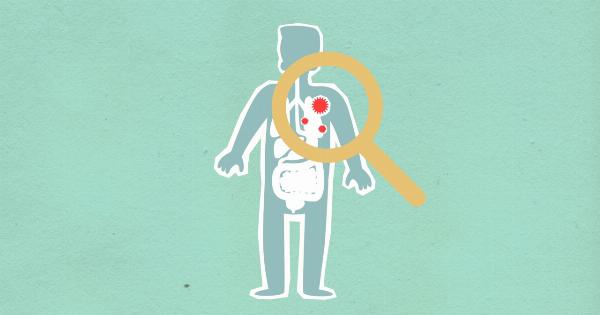Discipline is an essential aspect of parenting, aimed at teaching children right from wrong and helping them develop self-control and responsible behavior. However, the methods of discipline implemented by parents have long been a subject of debate.
One such form of discipline that has garnered significant attention and controversy is spanking. Spanking, the act of striking a child on the buttocks with an open hand, is often regarded as a traditional disciplinary approach.
In this article, we will explore whether spanking is an effective form of discipline or if alternative strategies should be considered.
The Rationale Behind Spanking
Proponents of spanking argue that it serves as an immediate consequence for undesirable behaviors, helping children associate negative actions with unpleasant outcomes.
They believe that spanking can effectively deter children from engaging in misconduct, as the physical discomfort serves as a strong deterrent. Additionally, some proponents suggest that spanking is an efficient disciplinary method as it can be applied swiftly, providing an instant lesson.
However, it is crucial to delve deeper into the effects of spanking on children’s development to determine whether these theoretical justifications hold true in practice.
The Negative Impact of Spanking
Research conducted over the past few decades suggests that spanking may have adverse effects on children’s emotional and mental well-being.
Several studies have linked spanking to an increased likelihood of aggression, antisocial behavior, and mental health issues in children. The American Psychological Association (APA) has strongly warned against the use of physical punishment, including spanking, due to its potential harm.
Moreover, spanking can damage the parent-child relationship and erode trust between them.
Children who experience physical punishment often perceive their parents as less supportive, which can hinder the establishment of a healthy bond between child and caregiver. This detachment may also discourage open communication and diminish a child’s willingness to seek guidance or share concerns with their parents.
Alternative Discipline Strategies
While spanking may have traditionally been a prevalent disciplinary measure, numerous alternative strategies have emerged that aim to foster positive behavior in children without resorting to physical punishment.
1. Setting Clear Boundaries: Establishing clear expectations and rules can provide a framework for children to understand what is expected of them.
When guidelines are well-defined, children are more likely to adhere to them and comprehend the consequences of their actions.
2. Positive Reinforcement: Emphasizing and rewarding good behavior can reinforce positive conduct. Recognizing and acknowledging a child’s appropriate actions encourages them to repeat such behaviors in the future.
3. Time-outs: Timeout serves as a temporary separation from a situation or activity. It allows children to reflect on their behavior and helps them develop self-regulation skills.
4. Natural Consequences: Allowing children to experience the natural consequences of their actions within a safe environment can be an effective way for them to learn from their mistakes and avoid repeating them in the future.
5. Open Communication: Encouraging open dialogue with children enables them to express their feelings, thoughts, and concerns. This approach fosters understanding between parents and children and encourages problem-solving together.
These alternative strategies focus on teaching children appropriate behaviors and self-control while maintaining a positive parent-child relationship.
Evidence-Based Findings
Research consistently suggests that alternative discipline strategies yield more favorable outcomes compared to physical punishment.
Several studies have indicated that positive discipline techniques effectively reduce problematic behavior and contribute to the development of well-adjusted individuals.
A study published in The Journal of Child Psychology and Psychiatry found that positive parenting techniques, such as setting clear expectations and using positive reinforcement, were associated with a reduced risk of aggression and conduct problems in children. Similarly, a meta-analysis published in The Journal of Family Psychology concluded that physical punishment was significantly linked to detrimental outcomes, including increased aggression, antisocial behavior, and mental health issues.
These findings emphasize the importance of adopting evidence-based discipline strategies that prioritize the long-term well-being and psychological development of children.
Conclusion
In light of the extensive research and professional recommendations, it is evident that spanking should not be considered as an effective form of discipline.
While it may offer immediate compliance, its potential negative consequences on emotional well-being, behavior, and parent-child relationships outweigh any short-term benefits it may provide. Instead, parents should explore and utilize alternative discipline strategies that promote positive behavior, self-regulation, and healthy parent-child bonds.



























